When a retaining wall fails, it rarely happens without warning, often necessitating the need to repair retaining wall structures promptly. Cracks widen. Walls lean. Water seeps where it shouldn't. Ignoring these early clues can lead to catastrophic failure, road closures, property damage, and costly emergency repairs.
At GeoStabilization International®, we’ve seen minor problems escalate when unchecked. Spotting the signs of retaining wall failure early can save time, budgets, and lives.
Here are seven red flags to watch for, and what to do if you see them.
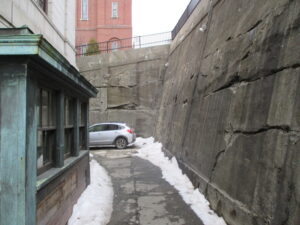 Visible Cracks in the Wall
Visible Cracks in the WallHorizontal or stair-step cracks indicate stress. These often form when the wall struggles to resist lateral loads from soil, water, or structures above. Even small cracks can worsen if left unaddressed.

If parts of the wall are leaning outward or bulging, it’s a clear sign of failure, often indicating the need for immediate reinforcement. Leaning often results from pressure buildup behind the wall, inadequate reinforcement, or foundation settlement.
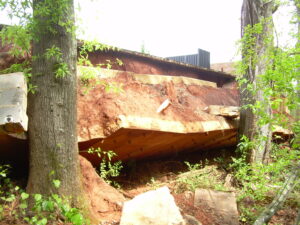 Separation from Adjacent Structures
Separation from Adjacent StructuresGaps between the retaining wall and nearby sidewalks, stairs, or buildings indicate that the wall is moving. These separations are a warning that the wall is shifting, and the surrounding infrastructure could soon be compromised.

Erosion at the base or behind the retaining wall removes support. Sinkholes or sudden depressions suggest that the soil is washing out, leaving the wall vulnerable to collapse.
Walls are designed to drain water efficiently. If you notice seepage through cracks, heavy weeping, or water pooling behind the wall, hydrostatic pressure could be building up—a leading cause of wall blowouts.
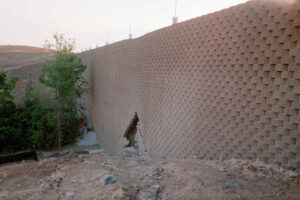 Displaced or Fallen Blocks and Materials
Displaced or Fallen Blocks and MaterialsVisible displacement of wall blocks, stones, or panels shows the retaining system no longer holds together. When the structural elements start moving, failure may not be far behind.
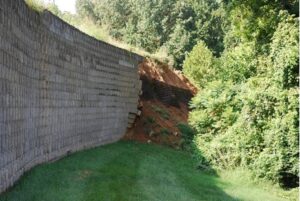
A bulging wall face or sudden shifts often mean the internal integrity has been compromised. It signals immediate danger of partial or complete collapse.
If you see any of these red flags, don’t wait. Early intervention can prevent complete failure, protect surrounding infrastructure, and significantly reduce repair costs for retaining wall structures.
The earlier a problem is identified, the more options you have for effective, minimally invasive stabilization to repair retaining wall issues. Ignoring warning signs often leads to larger structural failures, higher emergency response costs, and extended downtime for infrastructure.
Not all retaining walls are built the same, and different wall types often require different stabilization strategies when distress signs appear.
Each retaining wall type behaves differently under load, and correctly diagnosing the wall system is critical before determining an effective repair or reinforcement method.

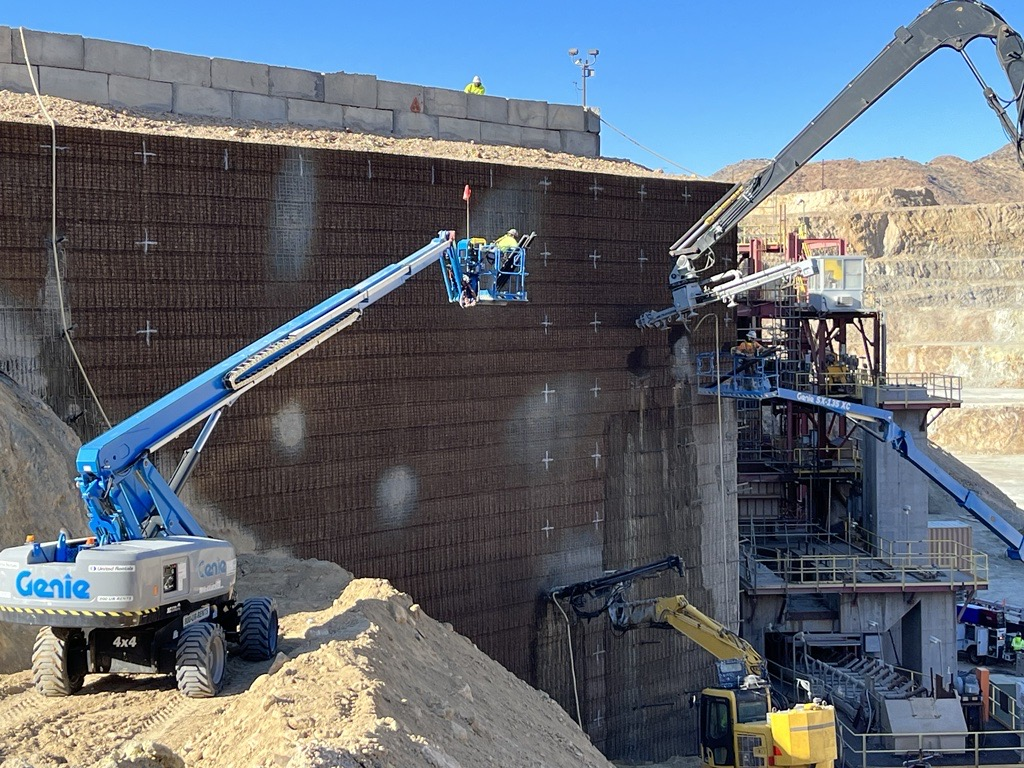
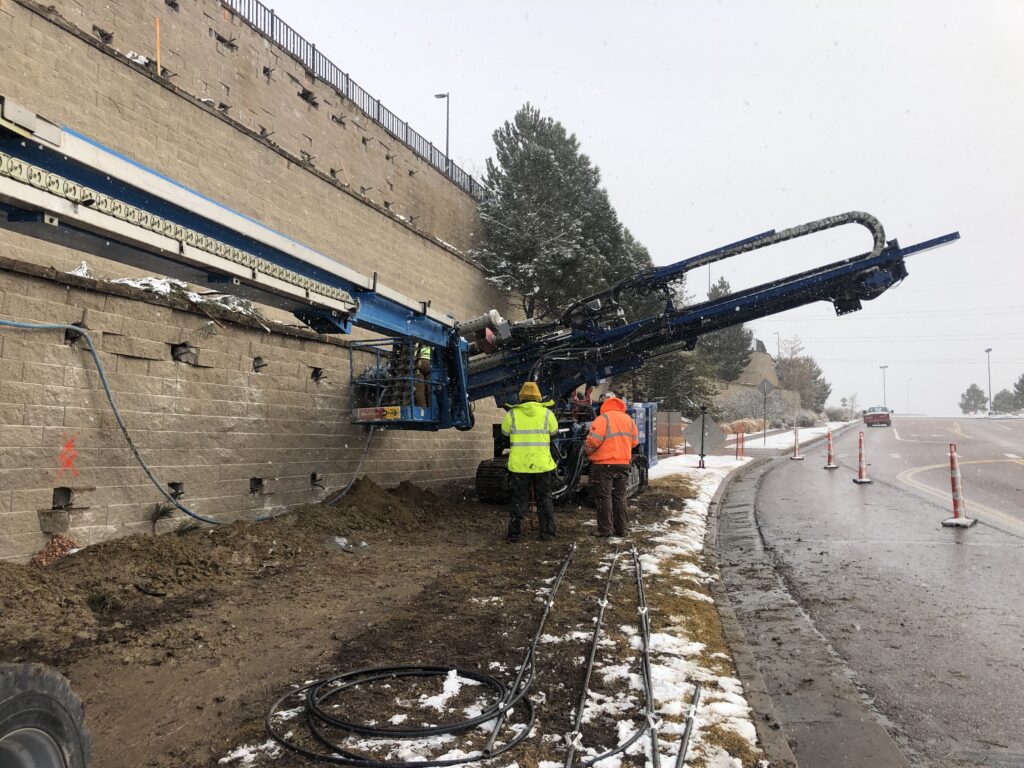
Waiting for a retaining wall to visibly fail isn’t just risky; it’s costly. Emergency repairs often involve partial reconstruction, road or facility closures, and complex logistics. Stabilizing a wall at the first warning signs extends the wall’s service life, protects adjacent structures, and avoids unplanned outages.
Understanding why a retaining wall is failing is as important as recognizing the warning signs. Without identifying the underlying cause, repairs often only address surface symptoms, leading to repeated failures and higher costs.
Some of the most common causes of retaining wall failure include:
At GeoStabilization International®, our assessments go beyond surface-level inspections. We evaluate each retaining wall comprehensively to pinpoint the root causes of failure and determine the best approach to repair retaining wall issues:
This thorough evaluation ensures we don’t just treat visible symptoms—we engineer lasting solutions that address the actual cause of distress.
Before any repair plan is developed, a proper diagnosis must be performed to determine why the wall is failing, not just what damage is visible.
This process includes:
By correctly identifying the root cause, we can design stabilization systems that treat symptoms and create long-term, engineered solutions.
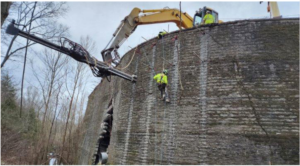 Not every failing retaining wall requires complete demolition and rebuilding. Depending on the severity, GSI’s engineers may recommend:
Not every failing retaining wall requires complete demolition and rebuilding. Depending on the severity, GSI’s engineers may recommend:
We restore stability with minimal disruption by tailoring the repair retaining wall strategy to the failure mechanism.
Every retaining wall failure is different, which is why GSI uses a wide range of stabilization solutions, including:
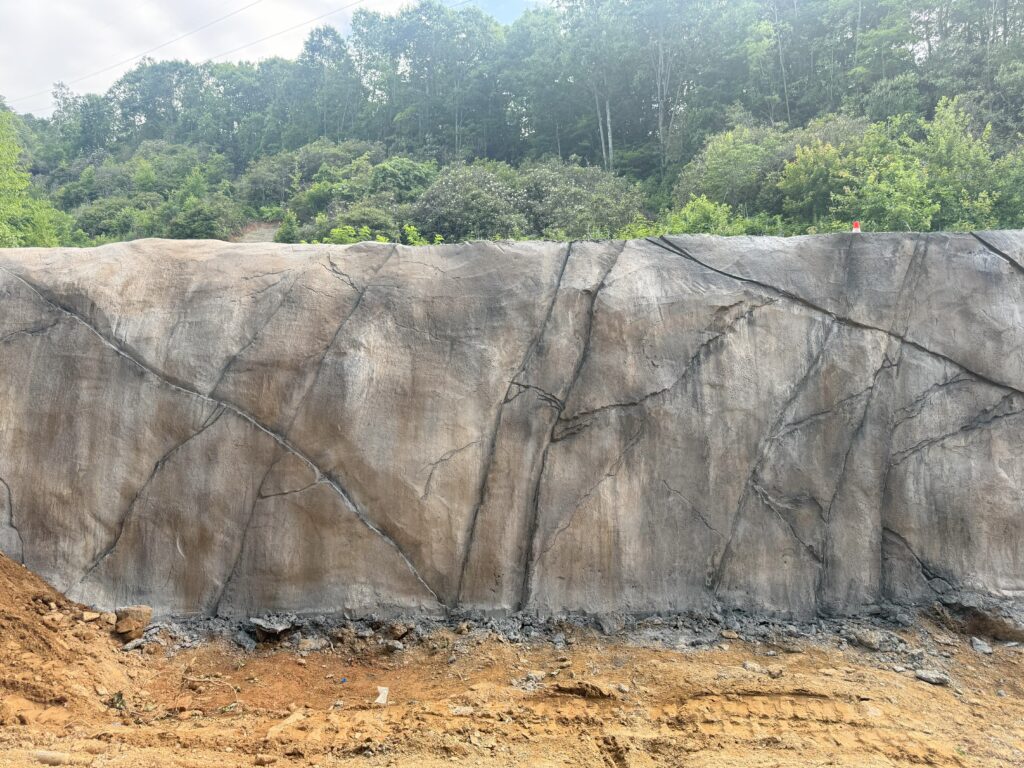
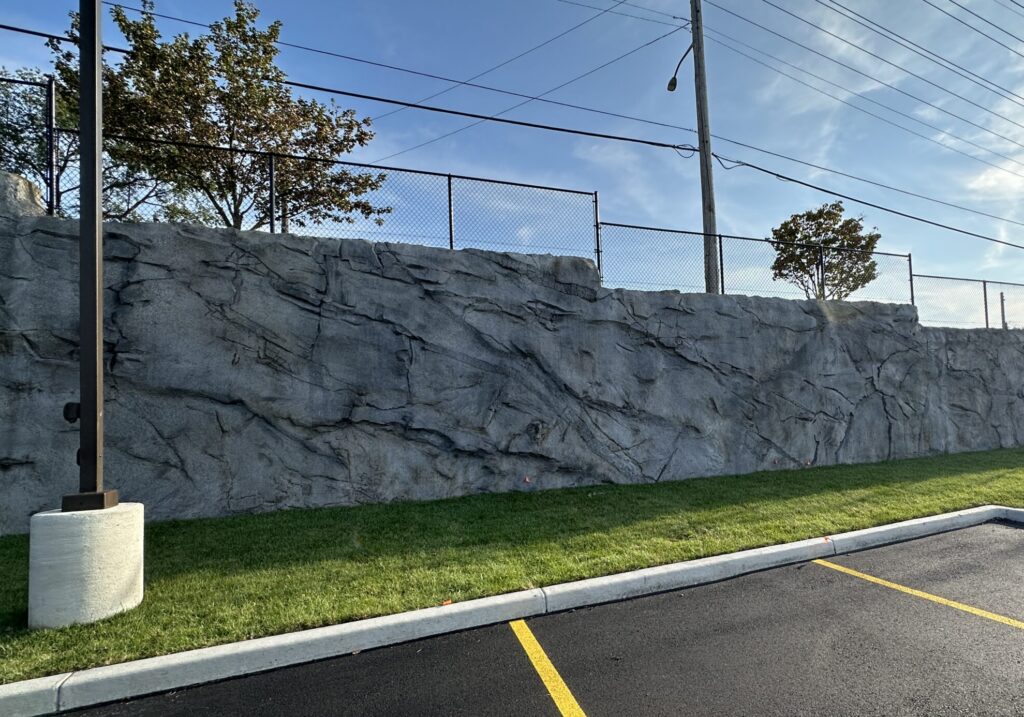
GeoStabilization International specializes in quickly and efficiently rescuing failing infrastructure. Our teams can mobilize rapidly, often within hours, to assess damage, design a solution, and install stabilization systems with minimal impact on traffic, environment, or daily operations.
With decades of experience stabilizing slopes, walls, and infrastructure across North America, we know how to act before collapse strikes.